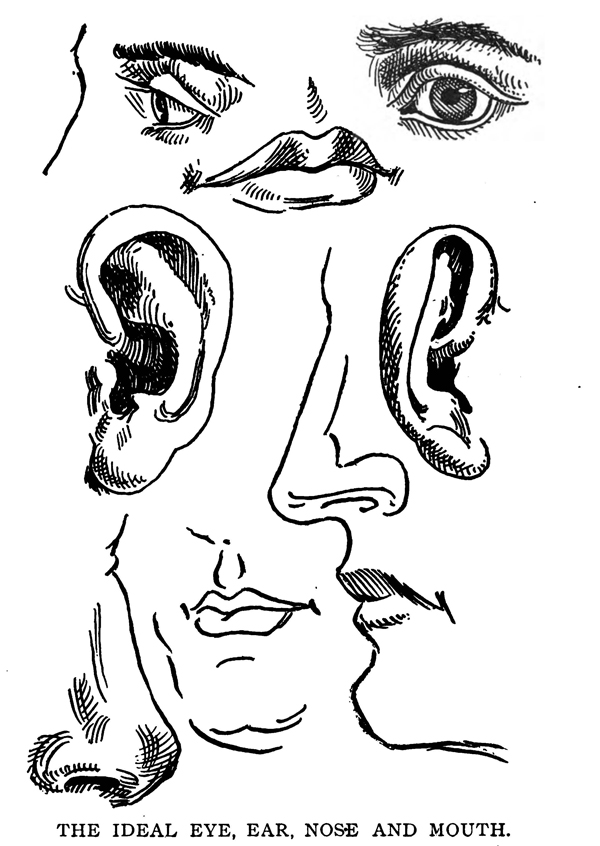Human Body Sketch Drawing
If you're interested in drawing, then learning anatomy is a must. It's what separates a good artist from a great one. By understanding the proportions of the human body, you can create more realistic and believable figures. In this article, we'll go over some basic tips and tricks for drawing anatomically correct figures.

One of the most important things to remember when drawing a person is to get the proportions right. The head should be about one-seventh the total height of the body, and the hands should be roughly the same size as the face. This may seem like a small detail, but it makes a big difference in how realistic your drawing looks.
Another important aspect of drawing the human body is anatomy. Knowing where the bones and muscles are located can make your figures look more dynamic and interesting. You don't have to know every detail, but a basic understanding of the human form can be helpful.
When it comes to clothing, remember that fabric flows and wrinkles in certain ways. Try to observe how clothes move on your own body, and use that knowledge in your drawings. Adding wrinkles and folds to your clothing can make your figures look more natural and lifelike.
Shading and highlighting are also important tools to use when drawing the human body. By adding highlights and shadows to different parts of the body, you can create the illusion of depth and dimension. This can make your drawings look more realistic and three-dimensional.
Another thing to consider when drawing the human body is the pose and gesture. The pose can tell a story and convey emotion, so it's important to choose one that suits the character you're drawing. The gesture, or the way the body is positioned, can also add to the story and make the figure more interesting to look at.
It's also important to consider the background and environment in your drawing. Is your figure standing in a room? A park? A city street? Adding details to the background can make your drawing look more complete and help set the scene.
Finally, practice makes perfect. Don't be afraid to make mistakes and keep practicing until you're satisfied with your drawing. The more you draw, the better you'll get.
How to Draw Anatomically Correct Figures
Now, let's go over some specific steps you can take to draw anatomically correct figures:
- Start by drawing the basic shapes that make up the body. This includes the head, torso, arms, and legs.
- Add more detail by sketching the bones and muscles of the body. Don't worry about adding too much detail at this stage - just focus on the general shape and form.
- Add clothing and any other accessories, such as hats or jewelry.
- Use shading and highlighting to add depth and dimension to different parts of the body. For example, the parts of the body that face the light source should be highlighted, while the shadows should fall on the opposite side.
- Pay attention to the pose and gesture of the figure. Make sure it's natural and conveys the emotion you want it to.
- Add any necessary background details to complete the scene.
- Go back and make any necessary adjustments or corrections to your drawing.
Remember, practice makes perfect, so keep drawing and experimenting until you're happy with your work.
Tips for Drawing Anatomically Correct Figures
Here are some additional tips to keep in mind when drawing anatomically correct figures:
- Study anatomy books or take an anatomy class to gain a better understanding of the human body.
- Practice drawing different poses and gestures to improve your skills.
- Use reference photos or real-life models for inspiration and accuracy.
- Don't be afraid to make mistakes - they're a natural part of the learning process.
- Experiment with different art supplies and techniques to find what works best for you.
- Draw from your own experiences and observations to bring life and authenticity to your figures.
- Learn from other artists by studying their work and techniques.
- Have fun and enjoy the creative process!
By following these tips and practicing regularly, you can improve your skills and create amazing anatomically correct figures. Good luck!

Post a Comment for "Human Body Sketch Drawing"